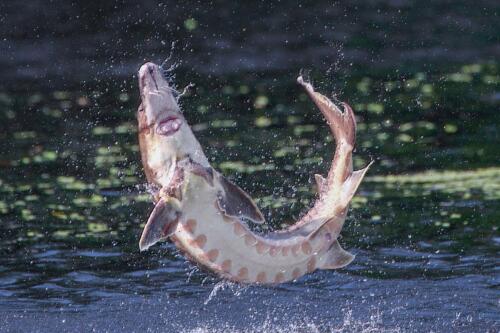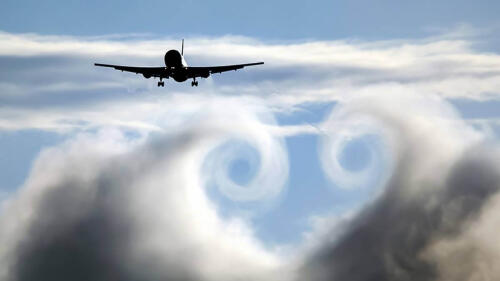Ecodaily
Joe Biden’s withdrawal from the 2024 presidential race — bowing to weeks of pressure after a disastrous June debate and polls that showed worsening odds against his Republican rival, Donald Trump — upends the contest only weeks before Democrats meet in Chicago to confirm their nominee. Biden, 81, is the first sitting US president not to seek reelection for decades. He’s been a uniquely consequential leader on climate, most notably by signing the 2022 Inflation Reduction Act, the largest investment in reducing emissions and boosting clean energy in the nation’s history. Biden pledged that the US would halve its emissions by 2030. He rejoined the Paris Agreement after Trump pulled the US out of it and created the role of special presidential envoy for climate, among other actions. That presents a stark contrast to Trump, 78, who has called...
Earth withered through a second straight day of record-breaking temperatures on 22 July, the EU’s climate monitor said Wednesday, as parts of the world suffer devastating heatwaves and wildfires. Preliminary data from the Copernicus Climate Change Service (C3S) showed the daily global average temperature was 17.15 degrees Celsius on Monday, the warmest day in recorded history. This was 0.06 Celsius hotter than the day before on 21 July, which itself broke by a small margin the all-time average high temperature set only a year before. “This is exactly what climate science told us would happen if the world continued burning coal, oil and gas,” said Joyce Kimutai, a climate scientist from Imperial College London, on Wednesday. “And it will continue getting hotter until we stop burning fossil fuels and reach net zero emissions.” Copernicus, which uses satellite data to update global air and sea temperatures close to real time, s...
China’s atmospheric environment monitoring satellite and terrestrial ecosystem carbon monitoring satellite have been officially put into operation, the China National Space Administration (CNSA) said on Thursday. During their in-orbit testing, the satellites demonstrated favorable application results across multiple areas, including ecological environment, forestry and grassland, geographic surveying, meteorology, agriculture and emergency disaster response, according to a CNSA official. The two satellites will provide crucial data to effectively address global climate change and support China’s goals of achieving carbon peak and carbon neutrality. The atmospheric monitoring satellite is the world’s first to utilize active laser detection, employing a combination of active laser, hyperspectral, multispectral and high-precision polarization techniques for comprehensive observation, according to the CNSA. It is capable of conducting extensiv...
A fish species that hasn’t been seen since the late 19th century was reintroduced to its habitat. According to Nature World News, the Atlantic sturgeon disappeared from its home in the Göta älv River in Sweden due to pollution and overfishing. The fish is now swimming in the river because of conservation efforts from the Swedish Anglers Association, the Museum of Natural History in Gothenburg, and several universities. This conservation effort will gradually introduce the species once a year over the next 10 years to ensure there will be a population that can support itself. One hundred juveniles transferred from a German farm have been released into Göta älv to start the project. Project manager Linnea Jagrud said, ‘This is a fantastic start.” The sturgeon is expected to benefit the river’s ecology because it eats material at the bottom. In addition, the fish oxygenate the riverbed’s sediment, whi...
A Qatar Airways flight has encountered turbulence above Turkey, injuring 12 passengers and crew. The flight from Doha to Dublin landed safely after the episode, which caused people to “hit the roof” of the plane. The news comes just five days after the death of a British passenger and injuries to 104 others after a Singapore Airlines flight hit sudden turbulence above Myanmar, causing it to dramatically lose altitude. We know turbulence is a common part of flying – but are some routes more prone? And where is it the worst? What is turbulence? Turbulence is felt when a plane flies through relatively disturbed air, which is responsible for “abrupt sideways and vertical jolts”, according to Australia’s Civil Aviation Safety Authority. Turbulence is the leading cause of in-flight injuries to crew and passengers. The agency defines eight types of turbulence, including thunderstorm, thermal, frontal and &#...




